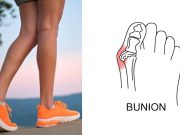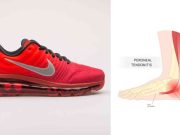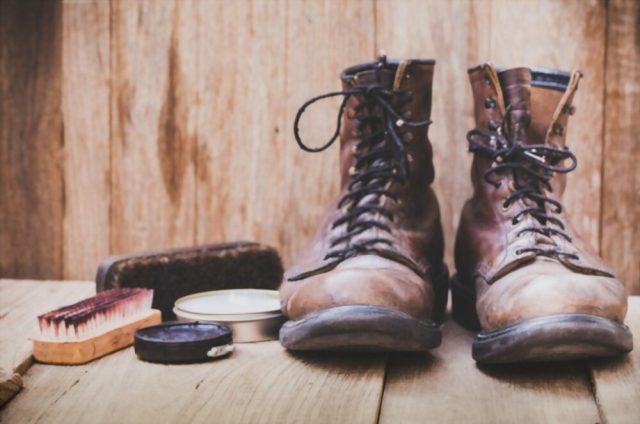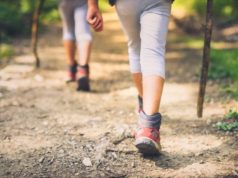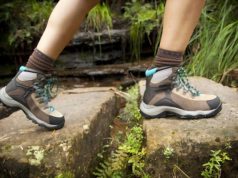To clean hiking boots, start by removing the laces and insoles. Use a brush to scrub off dirt and debris. Then, clean with a damp cloth or soft brush and mild soap. Rinse thoroughly and let them air dry. Avoid direct heat sources. Once dry, re-lace and insert the insoles. Regular cleaning can prolong the life of your hiking boots.
Looking to keep your hiking boots in top condition? Discover how to clean hiking boots effectively with our comprehensive guide. Hiking boots are essential gear that every hiker must have. They protect your feet and provide much-needed support when tackling rocky and challenging terrains. However, they’ll inevitably get dirty and smelly after constant use. And if they’re not cleaned properly, they may not last as long as they should. So, if you want to keep your hiking boots in good condition, this blog is for you. We’ll be sharing tips and tricks on cleaning hiking boots and getting them ready for your next adventure. We’ve covered you, from removing dirt and mud to drying and waterproofing. So, let’s get started!
Table of Contents
The Importance of Cleaning Hiking Boots
Cleaning hiking boots is crucial to maintain their performance and longevity. Dirt, mud, and debris can damage the materials, affecting waterproofing and breathability. Regular cleaning also prevents the growth of mold and mildew, ensuring your boots remain comfortable and odor-free. Proper care extends the life of your hiking boots, saving you money in the long run.
Differences in Cleaning Synthetic and Leather Boots
Cleaning synthetic and leather boots differ primarily in the materials they are made of. Synthetic boots can usually be cleaned with mild soap and water, while leather boots require special leather cleaners and conditioners. Synthetic boots are easier to maintain but may not last as long as leather boots if not cared for properly.
How To Clean Hiking Boots:
To clean hiking boots, start by removing the laces and insoles. Use a brush to remove dirt and debris. Clean with a mild soap solution and water. Rinse thoroughly and air dry. Avoid direct heat sources. Once dry, apply a waterproofing treatment if needed. Re-lace the boots and replace the insoles.
Cleaning Supplies Needed
When cleaning hiking boots, it’s essential to have the right supplies. These include a stiff-bristled brush, Nikwax Footwear Cleaning Gel, and waterproofing spray (such as Nikwax Nubuck & Suede Proof). Paper or hand towels are also helpful for soaking up excess water during cleaning.
How Often to Clean Boots
To maintain the longevity and quality of hiking boots, cleaning them regularly, ideally after every hike, is essential. Even if the shoes don’t appear dirty, each step on a walk leads to dust, dirt, and grime building up inside the boots, leading to excess wear and tear.
Removing Laces and Insoles
To make it easier to clean the details of the hiking boots, the laces, and insoles should be removed first. Rinse the laces in warm water with some dish soap and lay them out to dry. The insoles can also be hand washed with warm water and soap, then dried separately from the boots.
Cleaning the Boots
Remove any loose dirt or debris with a soft-bristled brush or cloth to clean hiking boots. Then, mix a mild soap in a bowl of lukewarm water, dip a clean cloth into the solution, and gently scrub the shoes. Avoid using harsh chemicals or abrasive materials that can damage the waterproof coating of the boots.
Scrubbing Techniques
To effectively scrub hiking boots, use a soft-bristled brush and a mixture of warm water and mild soap. Scrub in a circular motion, focusing on any stubborn stains. For leather boots, use a leather cleaner or conditioner instead. Rinse boots thoroughly and let them air dry.
Drying the Boots
Remove any excess water with a towel or paper towel to properly dry hiking boots. Stuff the shoes with newspaper or a towel and let them dry naturally away from direct heat. Avoid using a dryer or placing them in direct sunlight, which can cause damage.
Maintaining Waterproofing
To maintain the waterproofing on hiking boots, apply a waterproofing treatment regularly, especially after cleaning. Choose a waterproofing product suitable for the materials of the shoes and follow the instructions carefully for application.
Storing Hiking Boots Properly
One should avoid damp or humid places such as attics or garages to store hiking boots properly. Dry boots at average temperatures and keep them in stable environments. Do not crush or bend the shoes so they maintain their shape.
In conclusion, taking care of hiking boots is essential to keeping them in good condition and prolonging their lifespan. Proper drying techniques, avoiding high heat sources, and storing them in a stable environment can make a big difference. Co-op membership offers benefits for gear offers and special pricing on events, making it an excellent option for outdoor enthusiasts.






